Don't miss interesting news
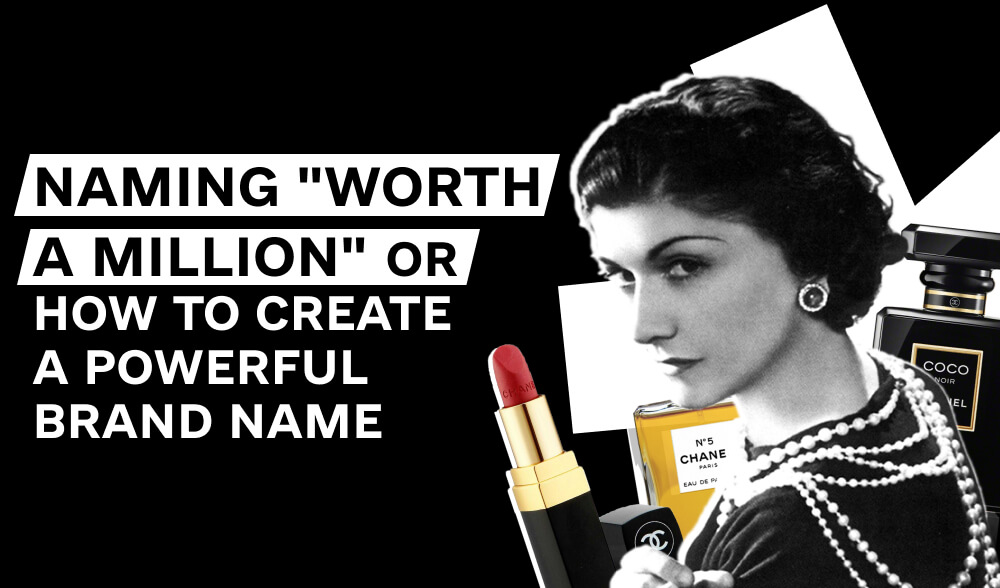
Naming is not just coming up with a name, but creating a semantic code that conveys the essence of the brand in a few syllables. A unique name can encode an emotion, a “promise” or an idea that a company carries. That’s why successful naming works like a spotlight for the client – it instantly conveys who you are, for whom and why you can be trusted. This is the first and one of the longest contacts with the audience, forming the attitude towards the brand even before the product itself.

The right name is already a significant brand bonus. After all, it significantly affects the perception of the company by the audience. For example, the Apple brand is associated with simplicity and innovation, as if there were no unnecessary complications. Of course, this is in line with its strategy and target audience.
Continuing, you’ll agree that Airbnb definitely sounds friendly and cozy, evoking positive associations with the comfort of a home atmosphere and hospitality.
However, a bad name can also create very clear negative associations, complicate marketing, or even limit business development opportunities. For example, an American company that sold cosmetic napkins called Puffs faced the fact that the word “Puff” in German is slang for a brothel when it entered the German market. This resulted in a scandalous outcry and a loss of interest from distributors.
A similar story happened to the Mist Stick hair styling brand. They tried to bring it to the German market, but there the word “Mist” means something like “manure” or “shit” – which is hardly associated with aesthetics and care.
All of these stories are a reminder that a poorly adapted or poorly chosen name can cost a brand reputation, money, and trust. Naming is not only creative, but also a great responsibility and a positive start, or lack thereof.
Spotify, Zoom, TikTok, Coca-Cola, Nike, Google – these names are simple, short, and instantly stick in your mind.
It is extremely important to stand out from the competition, just like Netflix or Lego.
The name should resonate with your customers and be interesting to them. For example, Pampers is easily associated with comfort for babies and the children’s product segment in general.
A good name evokes feelings – trust, inspiration, joy. For example, Dove is associated with tenderness, and Patagonia with adventure and nature.
A name that conjures up a picture or an emotional image is much easier to remember. For example, the name RedBull instantly evokes interesting images, and that’s cool.
A good name doesn’t limit you to one category or territory. For example, Amazon doesn’t sound like a “bookstore,” even though that’s where it all started.”
Creating a name is not only about inspiration, various ideas, but also about being strategic and incredible analysis. Mistakes at this stage can be costly. Therefore, we advise you to consider the most common ones:

Avoiding these mistakes is already half the battle in creating a strong name and a step towards successful branding.
Creating an apt name is a symbiosis of strategic thinking, a deep sense of language, and creativity. Strong naming is based not only on intuition, but also on clear approaches that help generate ideas that meet the brand’s goals. Here are the main methods that have already shown their effectiveness and are in the arsenal of many copywriters:
This method involves creating a name that evokes the right emotions or visuals associated with the product or its values. For example, the name Jaguar immediately conjures up images of speed, grace, and prestige. The successful use of associations can subconsciously shape attitudes toward a brand before we even get to know it. starting with the images we want to associate with ourselves is a good strategy.
This approach includes the use of neologisms, synonyms, etymological references, metaphors, and foreign language borrowings. For example, Glovo combines the words “global” and “go” to imply prompt delivery to any location. This “play on words” with meaning makes the name more intellectually rich and interesting.
Combining parts of words or syllables is another common method. This is how names like Pinterest (pin + interest), Microsoft (microcomputer + software), or Netflix (internet + flicks) were created. This method is effective when you need to create a new word with a specific meaning and good domain availability. The specialist works with many variations, but it is often worth it.
In 2025, artificial intelligence-based naming tools have reached a new level. Online generators such as Namelix, Looka, Squadhelp, Shopify Business Name Generator, and even ChatGPT are able to not only generate a word but also take into account a lot of data for this task: niche, brand style, desired emotions, name length, and a million other details.
Free and reliable tools include:
But remember: AI has no emotions, it does not understand your audience as you do. Therefore, any idea should be evaluated strategically and from different angles – how well it fits your business model, mission, and whether it sounds in the context of the target audience’s life.
Naming options obtained through generators can speed up the process, but the final choice should always be made by a person with feelings, vision, and responsibility. However, naming examples obtained through these services can speed up the process and guide you.
5. The method of the ideal client
Define and imagine your target audience – what they live, what they read, what words and aesthetics they perceive as “theirs”. For example, the name of a youth platform with an emphasis on self-expression can be provocative, with a creative emphasis on slang (like BeReal or Fenty).
6. Linguistic and cultural screening
At the final stage, it is important to test the selected names for sound, absence of negative meanings in other languages, and the possibility of transliteration. This allows you to avoid cultural pitfalls and create a brand that is ready to scale.
After all, a successful name is always a combination of meaning, sound, emotion, and context. It works as a strategic asset, not just a conventional sign.
Before launching a brand, you need to make sure that your name is truly unique, legally protected, and technically available. This is an important step in the naming process. Therefore, we will explain the stages of these processes in more detail below.
Next, check the availability of a suitable domain (.com, .ua, .store, etc.) using convenient Ukrainian services:
NIC.UA is more suitable for those who are looking for flexible domain and certificate management, while HOSTiQ is ideal for small businesses that want everything in one package.
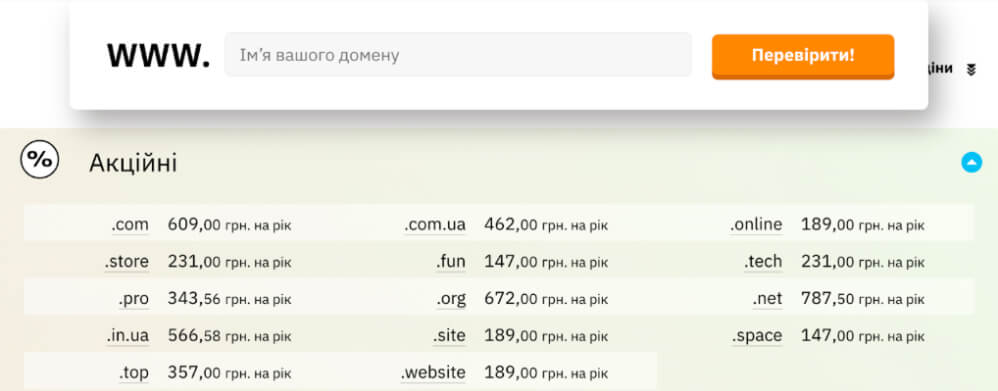
It is also useful to check the availability of names in social networks (via namecheckr.com, for example) to ensure that the name is consistent throughout the online space.
The last step is the legal basis. In Ukraine, trademark registration is carried out through Ukrpatent, the state enterprise responsible for intellectual property. You can file an application through the user’s electronic account or through a patent attorney. The procedure includes:
The process can take 6-18 months, but it provides the exclusive right to use the name in your class of goods/services. This is protection against copying, unfair competition, and legal disputes.
Here’s what the first page of the application for Ukrpatent looks like, there are 7 pages in total and samples can be found on the website:
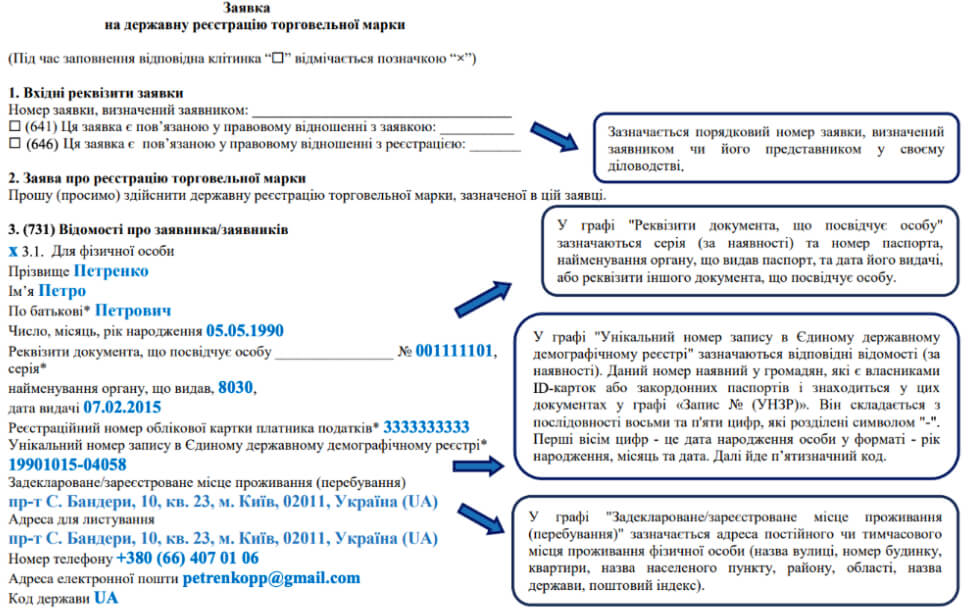
Thus, we can see that a well-chosen name will be a powerful tool for promoting your brand and its success.
Before you finally present the name in the public domain, it is important to make sure that you not only like it, but that it really evokes the right associations for your target audience. Testing will help you collect objective feedback, identify weaknesses, and make a confident choice before scaling the brand.
One of the easiest and most reliable ways to test a name is to ask real or potential customers for their opinion. Gather a few key name options and conduct research in the form of focus groups or online surveys. This can be done through Google Forms, Telegram or Instagram voting, or in the format of a video interview with the target audience. Specify which names evoke trust, emotion, a sense of quality or innovation. It’s good if respondents not only choose a name but also give reasons for their choice. This kind of feedback helps to avoid subjectivity and see the real thoughts of the audience.

This method allows you to test the reaction to a name in a dynamic environment. Create two (or more) ad layouts with the same visuals and text, but different brand names, and run a test campaign in Facebook Ads or Google Ads. Gather data on click-through rates (CTR), engagement, subscriptions, or view time. This will give you an understanding of which name works better for a cold audience. Important: in this test, you should avoid branding details (logo) so as not to shift the focus from the name itself.
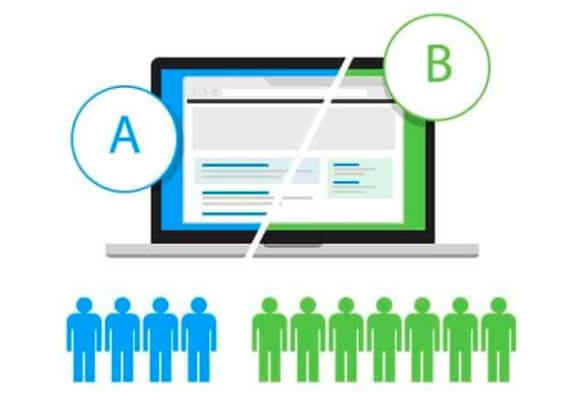
Even if a name went well in a focus group or showed high conversion during A/B testing, this is not a guarantee of its success in the long run. Consider:
Testing is not only about numbers and surveys, but also about a subtle internal sense of compliance with the idea, style, and values of the company. Sometimes the right name sounds like a “hook” – it immediately falls into place.
A successful name is not an autonomous element, but a part of a living brand ecosystem. It should be synchronized with the visual identity, tone of communication, brand architecture, and the entire marketing strategy. The name becomes the basis for visual, textual, and even emotional branding decisions. If a brand is a personality, then the name is its name, which sets the tone for everything that follows.
The name affects the character and rhythm of the subsequent visuals. Its length, consonants and vowels, rhythm, and even origin all impose restrictions and at the same time open up opportunities for graphics, logos, animations, color palette, and typography. For example, names with short syllables (Bolt, Lyft) work well with monospaced fonts and modern minimalist aesthetics.
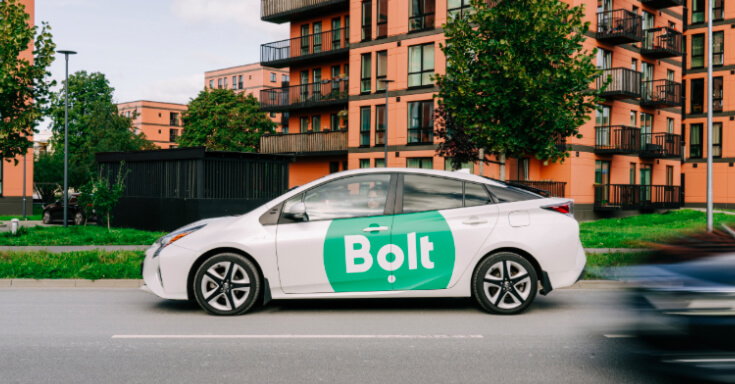
But brands with metaphorical or emotional names (such as Patagonia or Bumble) need a more flexible, contextual visual system. The name shapes expectations and thus directly affects the visual semantics.

The name is the first entry point to the brand and, at the same time, the first marketing message you give. It should be in harmony with the company’s positioning and communication strategy. Names with irony and provocativeness (such as Kyivstoner, Durex) are suitable for the youth audience. In the B2B segment, names that convey expertise and reliability work better: Deloitte, Grammarly, Finmap. A name is not just the beginning of a dialog with a client, it is their “entry point of trust” in your product or service.
Changing the name is not just about a new logo or website, but about a new identity. Rebranding is advisable in the following cases
Rebranding is a serious communication task. It is necessary to prepare clients, partners and the team in advance, explaining the reasons for the changes. A good example is the transition from Raiffeisen Bank Aval to simply Raiffeisen: a simple change that cleared the semantic field of the brand without losing recognition. There are also successful rebranding cases among small businesses, such as the Parmesan coffee shop, which, after 12 years of operation, has grown out of the cheese shop format and wanted to move to a new level under the name Mezano. The new name became a symbol of emotional and conceptual renewal without losing touch with the quality and atmosphere of the existing brand.
A successful name is the first step to a trusted brand. It’s your message and your first business card, the foundation on which your entire brand is built.
The worst is when the name does not evoke any emotions or is forgotten in a minute after the first reading.